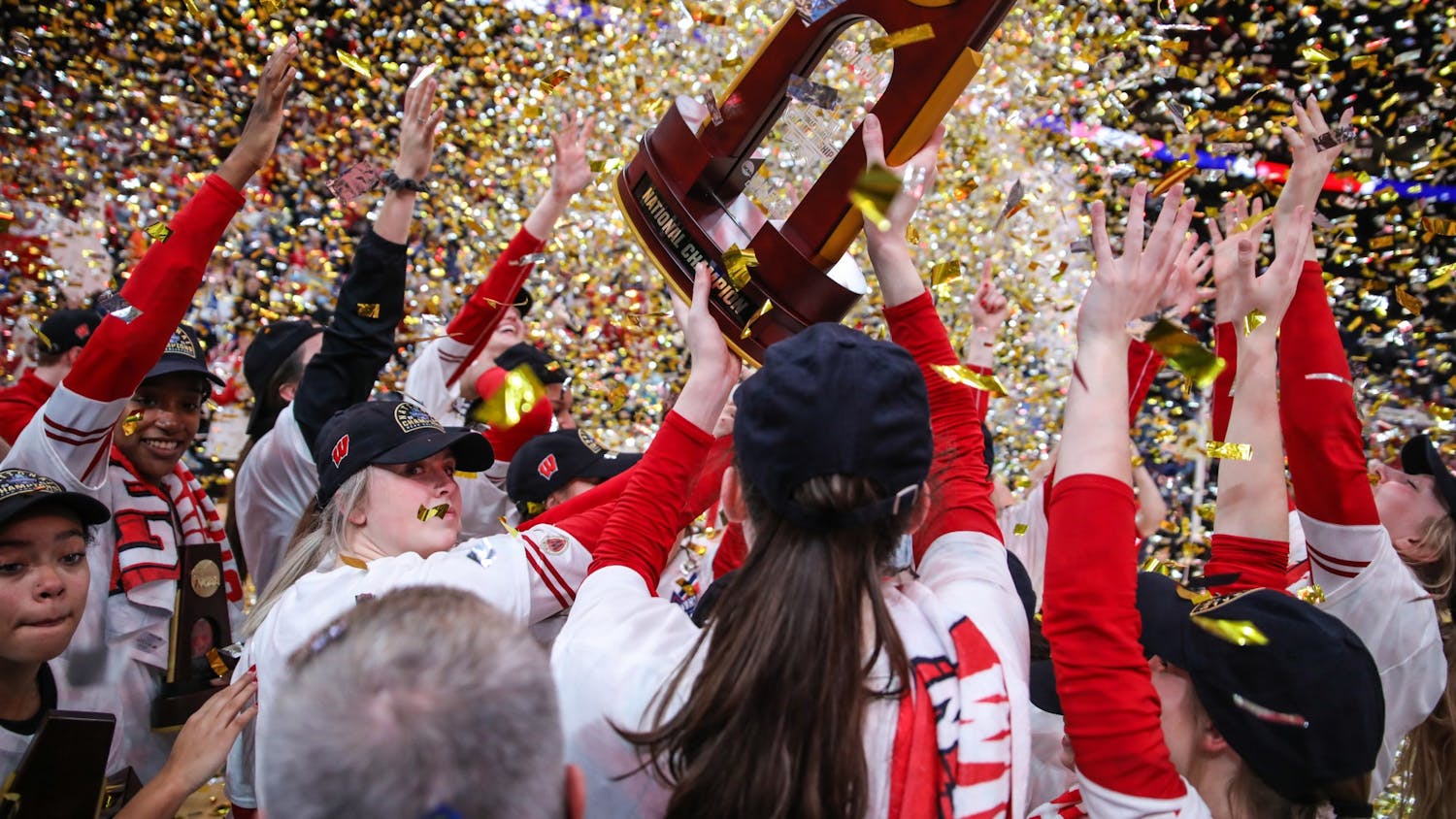Seven points.
Northwestern scored only seven points that weren’t the direct result of a turnover or drive-extending penalty in their 31-17 win over Wisconsin.
Wisconsin, on the other hand, had only three points not off turnovers that set them up deep in Northwestern territory. Their longest drive of the entire game was only 50 yards. They did, however, gift Northwestern the ball inside their 15-yard line twice, leading to two touchdowns for the Wildcats.
For the third time this season, the Wisconsin offense’s turnovers and inability to capitalize on opponents’ mistakes led to another loss. The Badger defense did not play a bad game, despite allowing more than 30 points. In fact, similar to the Michigan game, they kept Wisconsin in the game and gave the offense chances to win.
From the Badgers’ first possession, Northwestern made it clear they wouldn’t allow Wisconsin to run the ball down their throat. The Wildcats also essentially played a five-front anytime Wisconsin tried to use under-center or single-back packages. This, combined with slanting their defensive line, made it extremely difficult for the Badgers offensive line to get to the linebackers.
With ample time and space to read Wisconsin’s pull-heavy rushing attack, Northwestern linebacker Blake Gallagher reacted quickly and contained Jonathan Taylor. Whenever Wisconsin went under center, Northwestern’s defense correctly gambled that the Badgers wouldn’t trust Jack Coan to throw the ball downfield in his first career start. UW was again unwilling to throw the ball early to spread out Northwestern’s defense, relying almost exclusively on inside runs.
What makes this more infuriating for Badger fans is that Coan was accurate and efficient when given the opportunity to throw. He hit his receivers right out of their breaks on most of his passing attempts and looked confident in the pocket. While he struggled on deeper throws and made some bad decisions, Coan did look like a legitimate threat at quarterback for the Badgers.
Coan’s biggest issue was his inability to handle the ball and make clean exchanges with Taylor. On multiple plays, Coan and Taylor had awkward handoffs, which made it harder for Taylor to be effective as a runner and led to a game-sealing turnover.
On Taylor’s first fumble, the initial exchange between Coan and Taylor was awkward and resulted in a fumble in their own territory; the Wildcats took advantage of the short field and scored on their next drive. On Coan’s late fumble, the ball slipped out of his hands twice while trying to fake the ball to Taylor and Northwestern again recovered deep in Wisconsin territory, leading to another score.
That’s 14 points the Wildcats scored because of bad exchanges.
But this game was far from Coan or Taylor’s fault. Despite being without many of their starters, Wisconsin’s defense presented the offense with numerous chances to take a lead after giving up a 75-yard drive to tie the game at 7-7 in the second quarter.
Whenever the UW defense seemed to give the offense a chance — whether through a goal-line stand or a fourth-down stop — the offense never took advantage.
Then, after stopping the Wildcats again on third down, freshman linebacker Jack Sanborn fell into the Northwestern punter, gifting the Wildcats a first down on a roughing-the-punter penalty. Northwestern, unlike the Badgers, took full advantage of the mistake, scoring a touchdown a few plays later.
This loss was eerily similar to the Michigan game: a depleted defense playing a solid game and giving the offense opportunities to take a lead with the offense failing to respond. If the Badgers don’t change their offensive approach and limit turnovers, it could become a recurring theme.






